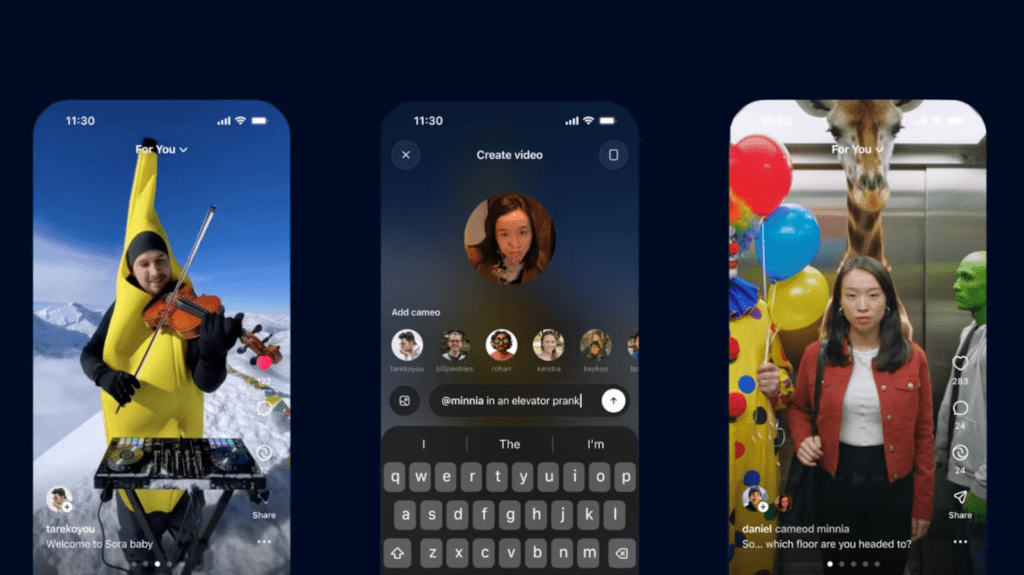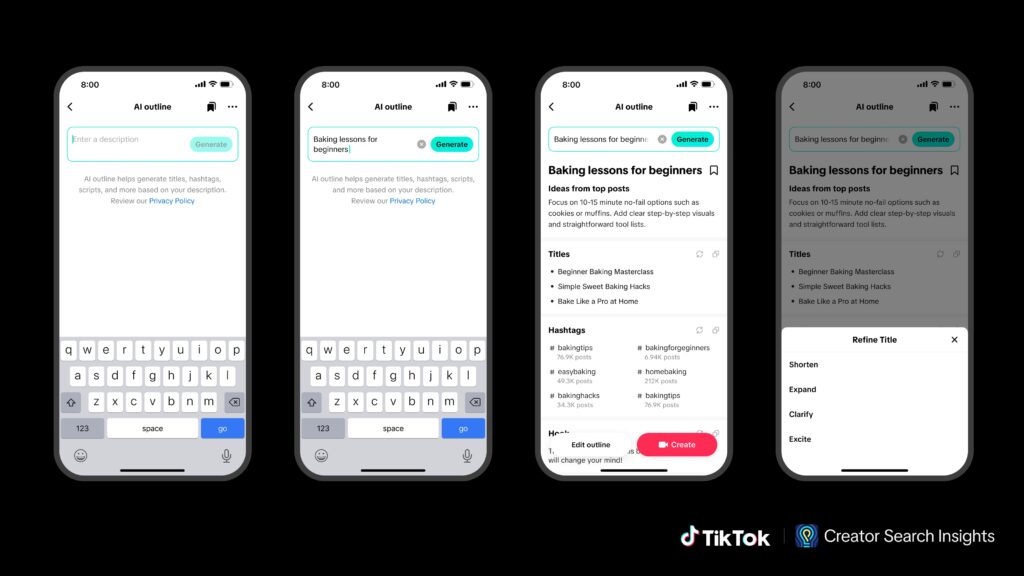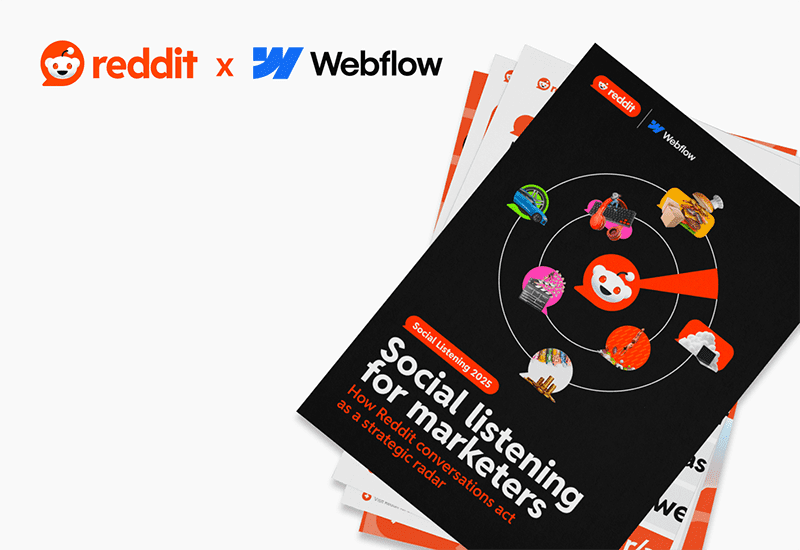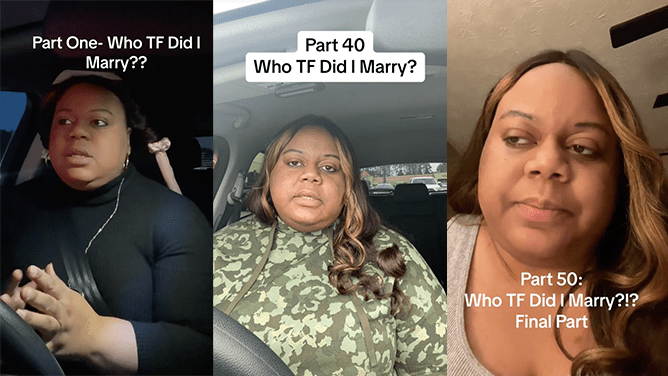Social in Six 100
1. Meta is reportedly cracking down on duplicate content on Instagram
The story:
- Several Instagram users are reporting an increased crackdown from the platform on content which Meta’s system has flagged as “duplicate content”.
- Accounts that repeatedly post unoriginal content or screenshots from other platforms – like X posts, for example – could have the offending content and their account dropped from Explore, Search, Suggested Users, Reels and Feed Recommendations.
- Right now this only seems to apply to content manually uploaded and published on Instagram feed and Reels – not Stories. Content that’s reshared using the platform’s native Repost feature faces no repercussions.
So what?
Instagram draws a line between acceptable reuse and flagged duplication based on how closely content matches the original. To avoid removal, reposts need meaningful edits—new clips, tweaked text, or altered audio—to become true variations. This creates challenges for influencer partnerships, where brands often have contractual rights to republish creator content. Instagram’s duplicate-detection doesn’t factor in legal permissions; it’s purely algorithmic. The upshot? Meta clearly wants brands and creators to use its built-in tools like reposts and collaboration posts, which are safer in the feed.
2. LinkedIn is the 2nd most important platform for marketers in 2026 according to Emplifi

The story:
- Emplifi’s State of Social Media Marketing 2026 report compiles data from 500 marketers on their key areas of focus and development for 2026.
- The report found 67% of marketers are planning to boost influencer budgets in 2026, with increased brand awareness being the key objective.
- Instagram takes the top spot for platform focus and investment, with 48% of marketers saying it’s a priority in 2026, followed by LinkedIn (37%), ahead of Facebook (35%) and TikTok (32%).
- UGC is a growing focus, with 82% rating it as very or somewhat important – but only 31% actively encourage and incorporate it into their strategies.
So what?
More brands are leaning into LinkedIn, which has shifted from a strictly professional network to a credible space for consumer-facing comms. With influencer budgets set to rise in 2026, brands clearly see creators as essential to delivering messages that resonate. That means more opportunity for influencers, but also higher expectations for quality and performance. And with UGC a growing priority, creators can expand their role further, offering content services to brands.
3. Instagram has rolled out a watch history feature for Reels
View on Threads
The story:
- Instagram now allows users to view their Reels watch history, enabling them to revisit videos they’ve watched in the past 30 days.
- You can filter by oldest to newest (or vice versa), and even narrow down to a specific date or date range. You can also filter by author.
- The feature is available on the latest version of the app by navigating to Profile > Settings and activity > Your activity > Watch history.
So what?
Instagram’s new Watch History feature changes how content longevity works. As viewers can now revisit Reels they’ve watched, both brands and influencers may benefit from longer visibility of content – even if users didn’t engage initially, they might return later on through their watch history. Content with a strong, memorable hook will likely see more return traffic which will help to improve overall reach and engagement.
It’s not clear yet whether Instagram will provide data on these revisits in the accounts analytics tab, but if so, the feature will allow creators and brands to better understand the life cycle of their content and track how many repeat views or returns it receives.
4. ChatGPT’s creator has released Sora, a new app for AI videos

The story:
- ChatGPT’s parent company OpenAI has launched Sora, a new social app enabling users to share and browse a feed of TikTok-style AI-generated videos using prompts and automation.
- Sora has seen 3.8 million downloads in the US so far, and it’s currently on Android or iOS – plus you need a ChatGPT account to use it, and an invite code if you’re outside the US, Canada, South Korea and Japan.
- The app works like this: users upload a video of themselves (called a Cameo), which generates a likeness that they and other users (with permission) can use to generate videos via a text prompt, and share to the feed. But users are creating videos of others too – like Stephen Hawking, Queen Elizabeth and Breaking Bad’s Walter White.
So what?
Sora opens the door to new creative experimentation, letting users generate fresh visual concepts and produce content beyond their in-house capabilities. It also offers faster, lower-cost video creation compared with traditional production. But there are limits. Brand and influencer content often depends on authenticity and human connection, something AI-generated assets can dilute. And from a brand safety standpoint, companies must tread carefully around how AI tools handle likenesses, characters, trademarks and other protected styles within the content they generate.
5. TikTok’s new tools makes video creation a breeze for creators

The story:
- Smart Split, available worldwide on Tiktok Studio web, automatically clips, reframes, captions, and transcribes content over a minute long into multiple short videos ready for TikTok. For example, Smart Split can help creators cut their day in the life vlog or a podcast episode into multiple clips.
- AI Outline, available to creators in the US, Canada and select markets, generates video ideas, hashtags and a script outline based on a given keyword search term in Creator Search Insights.
- Alongside this, TikTok has updated its creator monetisation model to allow qualifying creators to earn up to 90% revenue share on subscriptions.
So what?
AI tools can help creators beat creative block, but there’s a risk that authenticity gets lost in the push to churn out more content. Top UK influencers like ItalianBach and Molly-Mae succeed because their styles feel distinctly their own. Leaning too heavily on AI ideas or scripts can make content feel impersonal, and audiences notice quickly. These tools should be a springboard, not a substitute. Creators still need to shape and personalise concepts and video scripts, otherwise content can become repetitive and disengaging over time.
6. Reddit says brands need to prioritise AEO, not SEO, in new report

The story:
- In its Social Listening for Marketers guide, Reddit emphasises the importance of AEO – that’s Answer Engine Optimisation – over traditional SEO in its latest guidance for brands.
- Where SEO optimises content for search engines, AEO optimises for answer engines: large language models (LLMs) like ChatGPT, which use Reddit as a top source of information when scouring the web for answers to user queries.
- The report suggests meaningful interactions and community-driven content deliver stronger results than keyword-based optimisation.
So what?
Reddit’s guidance is useful for social listening, but its community behaves very differently from other platforms, so brands need a more thoughtful approach. Redditors value authenticity and honest debate, meaning overt brand activity can easily backfire. Still, monitoring conversations can give brands deeper consumer insight to shape messaging and product development. And by mirroring the way users phrase questions and prompts to AI chatbots, brands can boost discoverability in this emerging “AEO” search landscape.


![SOCIAL IN SIX [100]](https://www.socialchain.com/wp-content/uploads/2025/11/SocialMinds-Podcast-Artwork-scaled.jpg)





